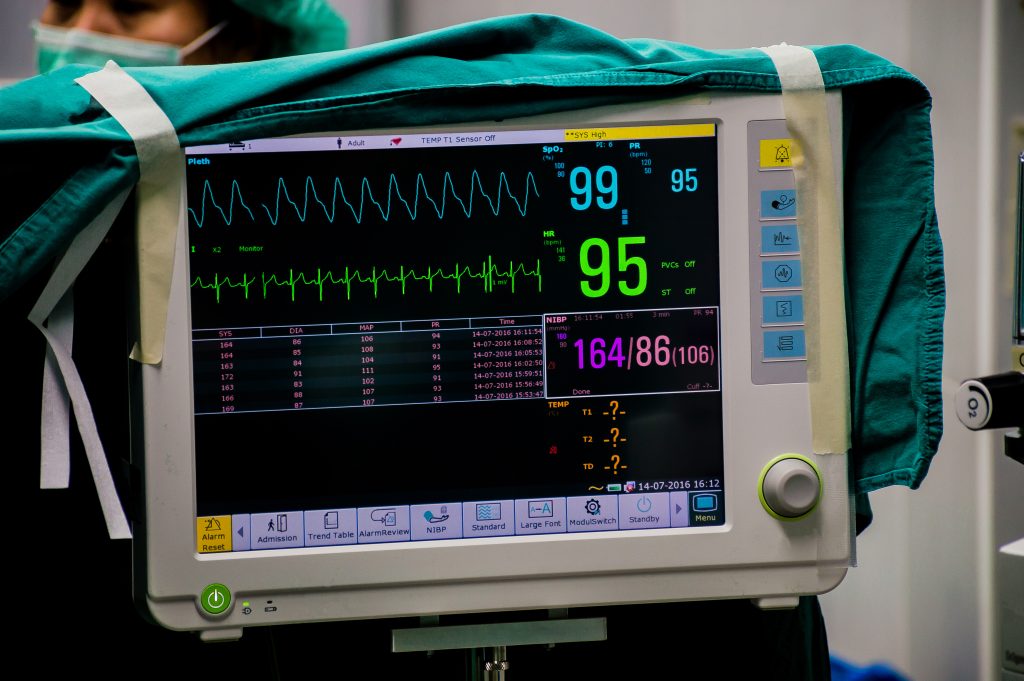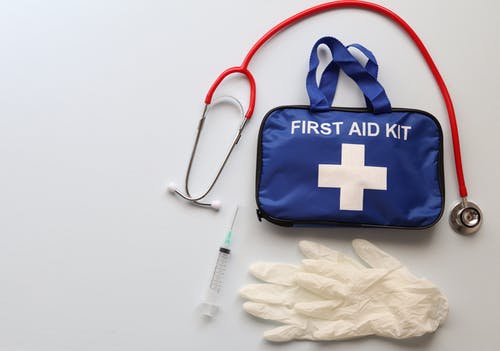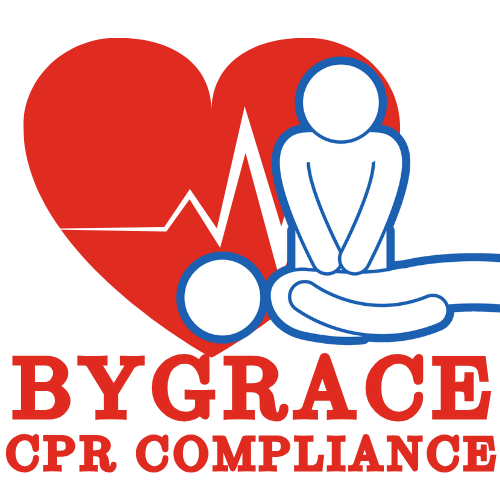
A brief introduction on CPR and why Certification is important.
- CPR Certification: What You Need to Know”- Introduction: Brief overview of CPR and why certification is important.
- Types of CPR certification: Basic Life Support (BLS),
- Advanced Cardiovascular Life Support (ACLS), and
- Pediatric Advanced Life Support (PALS).
- Requirements for certification:( Age, health status, training courses, testing.)
- Benefits of certification: Increased confidence, job opportunities, ability to respond to emergencies.
Brief overview (CPR)
“CPR (Cardiopulmonary Resuscitation) is a potentially life-saving technique used to help someone who has stopped breathing or whose heart has stopped beating. While it’s a crucial skill to have, proper certification is essential to ensure that you have the knowledge and training to perform CPR correctly.
In this article, we’ll cover what CPR certification is, who can become certified, and the many benefits that come with being certified.
The 3 Main types of CPR certification.
Here’s the 411 on the three main types of certification
- Basic Life Support (BLS): The most basic certification, focused on CPR techniques and the use of an AED (automated external defibrillator).

- Advanced Cardiovascular Life Support (ACLS): More advanced certification that covers cardiac arrest management and resuscitation, including defibrillation and medications.

- Pediatric Advanced Life Support (PALS): Specialized certification that focuses on CPR and emergency care for infants and children.

Requirements for CPR certification.
Now onto the requirements:
- Most certifications require completing an approved training course from an accredited organization, such as the American Heart Association or the Red Cross.
- Courses typically include both classroom instruction and hands-on practice sessions.
- Some certifications may require periodic recertification to maintain competency and stay current with the latest techniques and protocols.
- Age requirements vary by organization and certification type, but generally, candidates must be at least 16 years old.
Some of the benefits of CPR certification.
The benefits of CPR certification
- Increased knowledge and skills to handle emergency situations.
- Greater confidence and preparedness in emergency situations.
- Potential career opportunities in healthcare or other fields that require CPR certification.- Potential legal protection from liability in certain states.
- Sense of pride and fulfillment from being able to help others in a crisis.
Recertification process
Why recertification is important .
- Recertification usually involves: Retaking a training course or refresher course.
- Completing a skills test to demonstrate proficiency in CPR techniques.
- Staying current with the latest guidelines and protocols.
- Some certifications may require recertification every two years, while others may have different timelines.
- Staying current is crucial – it’s like updating your CPR software to avoid glitches in an emergency situation!
What to expect in a typical training course.

Here’s what you can expect in a typical CPR training course:
- Instruction on the theory behind CPR and the AHA guidelines.
- Demonstrations of CPR techniques on mannequins or other training aids.
- Practice on the dummies – doing compressions and rescue breathing
- Testing of skills, including hands-on performance evaluations.
- Discussing legal and ethical considerations, like consent and legal liability.Basically, it’s a mix of theory and practice that prepares you to be a CPR superhero!
The CPR certificate exams.
- The exam typically consists of both written and practical components.
- Questions cover topics like CPR techniques, emergency response, and legal considerations.
- The practical component involves demonstrating CPR skills on a mannequin, with instructors evaluating performance.
- Passing the exam typically requires a minimum score, which varies by organization.
- And voila! Once you pass, you’re officially CPR certified – certified fresh, as they say.
In summary
- CPR certification is a valuable skill that can save lives and increase confidence in emergency situations.
- Staying current with CPR training is essential to ensure skills are up-to-date and effective.
- Becoming CPR certified not only benefits the individual, but also the community, as it increases the pool of individuals able to respond to emergencies.
- By becoming CPR certified, individuals demonstrate their commitment to helping others and making a positive impact on their community.
- And remember: CPR certification isn’t just a one-and-done thing – it’s a lifelong commitment to staying trained and ready to save lives.

0 Comments